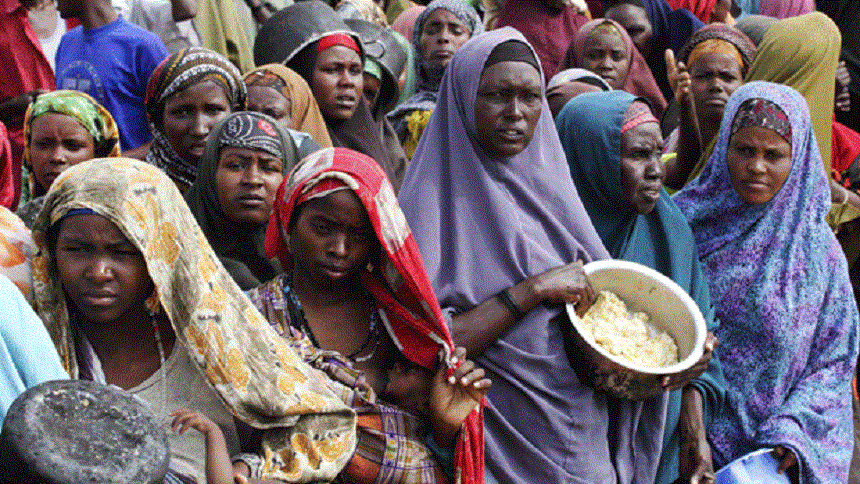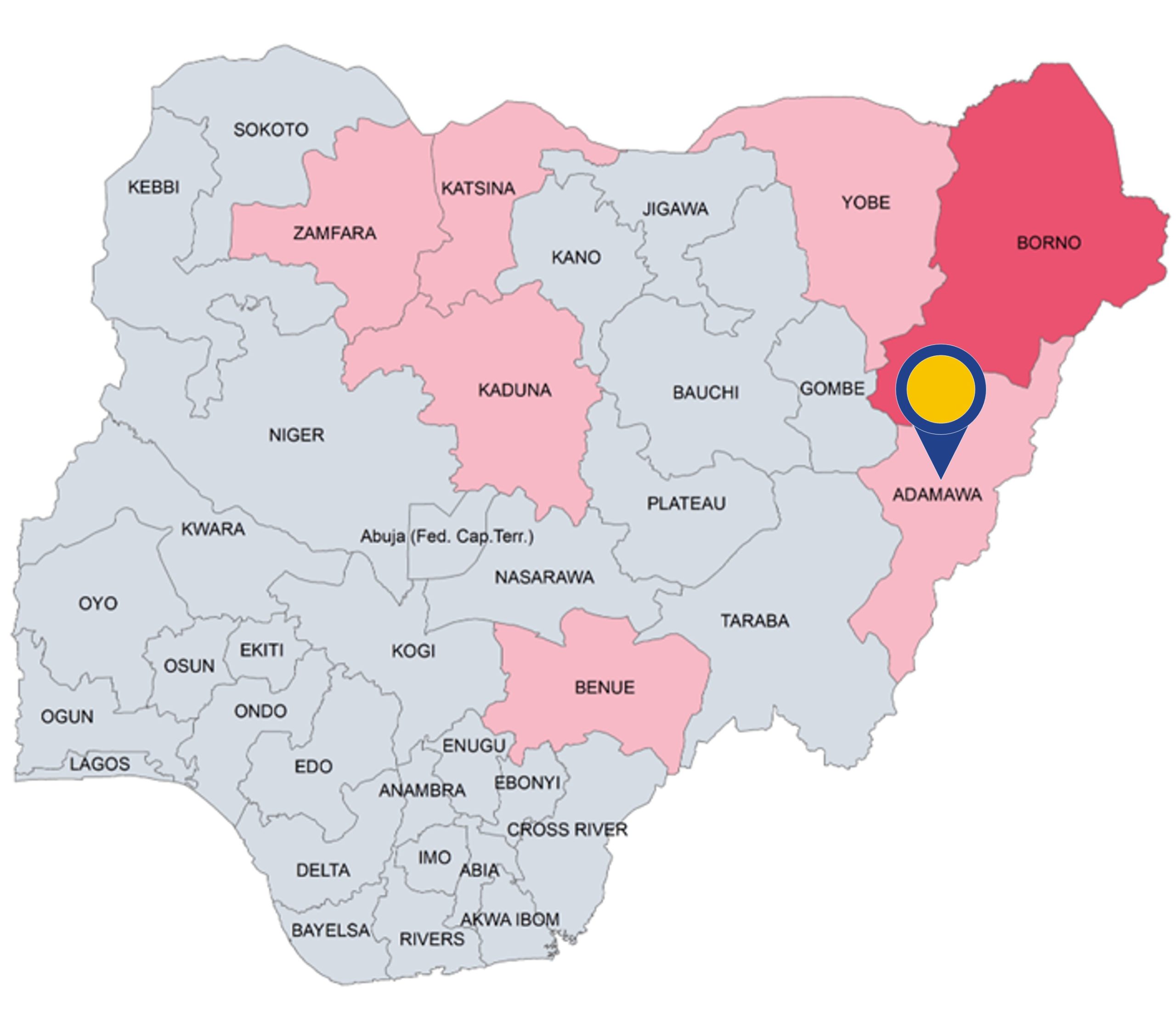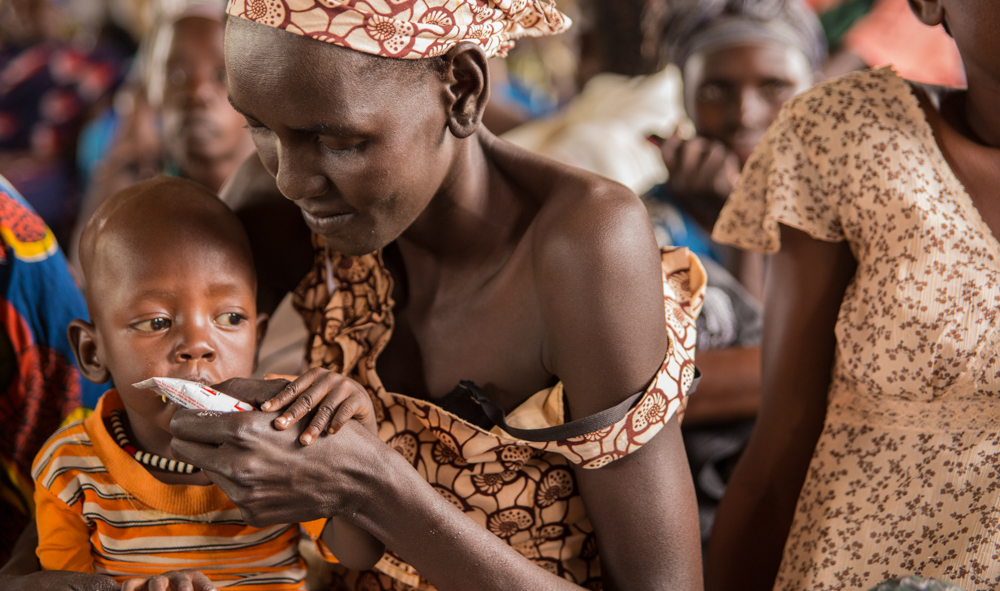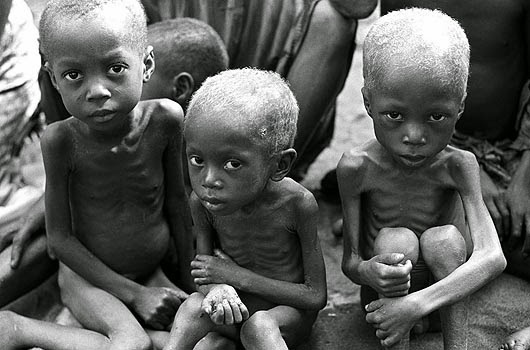General
Nigeria’s Acute Food Insecurity May Worsen from June— FAO, WFP

By Adedapo Adesanya
The Food and Agriculture Organization of the United Nations (FAO) and the United Nations World Food Programme (WFP) has warned that Nigeria remains among the highest-level countries facing acute food insecurity, which is likely to deteriorate further during the outlook period from June to November 2023.
For the outlook period, FAO and WFP issued an early warning for urgent humanitarian action in 18 hunger hotspots, including two regional clusters comprising a total of 22 countries.
According to the report, Afghanistan, Nigeria, Somalia, South Sudan, and Yemen remain at the highest alert level. Haiti, the Sahel (Burkina Faso and Mali) and Sudan have been elevated to the highest concern levels; this is due to severe movement restrictions for people and goods in Burkina Faso, Haiti and Mali and the recent outbreak of conflict in Sudan.
All hotspots at the highest level have communities facing or projected to face starvation or are at risk of sliding towards catastrophic conditions, given they already have emergency levels of food insecurity and are facing severe aggravating factors. These hotspots require the most urgent attention, the report warns.
The Central African Republic, the Democratic Republic of the Congo, Ethiopia, Kenya, Pakistan and Syria are hotspots with very high concern, and the alert is also extended to Myanmar in this edition.
All the above hotspots have a large number of people facing critical acute food insecurity, coupled with worsening drivers that are expected to further intensify life‑threatening conditions in the coming months. Lebanon has been added to the list of hotspots, joining Malawi and Central America (El Salvador, Guatemala, Honduras and Nicaragua) that remain hotspots.
In the hunger hotspots, parts of the population will likely face a significant deterioration of already high levels of acute food insecurity, putting lives and livelihoods at risk. Targeted humanitarian action is urgently needed to save lives and livelihoods in all 18 hunger hotspots.
In eight of these – Afghanistan, Haiti, Nigeria, the Sahel region (Burkina Faso and Mali), Somalia, South Sudan, the Sudan and Yemen – humanitarian action is critical to prevent starvation and death.
Speaking on this, Mr QU Dongyu, FAO Director-General, said, “Business-as-usual pathways are no longer an option in today’s risk landscape if we want to achieve global food security for all, ensuring that no one is left behind.”
“We need to provide immediate time-sensitive agricultural interventions to pull people from the brink of hunger, help them rebuild their lives, and provide long-term solutions to address the root causes of food insecurity. Investing in disaster risk reduction in the agriculture sector can unlock significant resilience dividends and must be scaled up,” he added.
“Not only are more people in more places around the world going hungry, but the severity of the hunger they face is worse than ever,” said Ms Cindy McCain, WFP’s Executive Director.
“This report makes it clear: we must act now to save lives, help people adapt to a changing climate, and ultimately prevent famine. If we don’t, the results will be catastrophic,” she warned.
The report warns of a major risk of El Niño conditions, which meteorologists forecast to emerge by mid-2023 with an 82 per cent probability. The expected shift in climate patterns will have significant implications for several hotspots, including below-average rains in the Dry Corridor of Central America, and raises the spectre of consecutive extreme climatic events hitting areas of the Sahel and the Horn of Africa.
General
Nigeria Confirms US Airstrikes On ISWAP Targets in Sokoto

By Adedapo Adesanya
Nigeria’s Ministry of Foreign Affairs has confirmed that the latest United States airstrikes on Islamic State West African Province (ISWAP) targets in northwest Nigeria were conducted at the request of the Nigerian government.
According to reports, the US struck at ISWAP targets in Jabo, Sokoto State, on Christmas night.
The ministry described the operation as a product of established counterterrorism cooperation between both countries.
In a press statement issued on Friday, the Ministry said the strikes were “undertaken following formal engagement and with the full knowledge and coordination of the Government of the Federal Republic of Nigeria.”
“The Government of Nigeria wishes to clarify that the airstrikes conducted by the United States against Islamic State elements in parts of northwest Nigeria were carried out at the request of Nigerian authorities and in line with existing bilateral security cooperation frameworks,” the statement said.
The Ministry stressed that Nigeria “remains firmly in control of all counterterrorism operations within its sovereign territory,” adding that international partners only provide support “where such assistance aligns with Nigeria’s national security objectives.”
According to the statement, the strikes form part of Nigeria’s broader strategy to “degrade terrorist capabilities, disrupt logistics networks, and protect civilian populations from violent extremist threats.”
The Foreign Ministry further emphasised that the federal government “will continue to work with trusted international partners to confront terrorism, banditry, and transnational criminal networks that threaten national and regional stability.”
Reacting to concerns around sovereignty, the Ministry said:
“At no time was Nigeria’s sovereignty compromised. All actions were conducted with due respect for Nigeria’s laws, institutions, and command structures.”
The statement also cautioned against mischaracterising Nigeria’s security challenges, noting that extremist violence “has affected communities across religious and ethnic lines and should not be framed in sectarian terms.”
Nigeria reaffirmed its commitment to a multi-layered response combining military operations, intelligence sharing, community engagement, and socio-economic interventions, adding that counterterrorism efforts remain focused on protecting lives and restoring stability.
The US Africa Command (AFRICOM) said the strikes were carried out in Sokoto State and that multiple militants were killed.
US President Donald Trump described the strikes as “powerful and deadly,” saying they were directed at Islamic State militants responsible for violent attacks on Christians in Nigeria.
The Nigerian government has clearly denied that only Christians are affected by the killings, saying the terror spread across all faiths.
Meanwhile, US Defence Secretary Pete Hegseth has warned that “more to come” as part of sustained efforts against extremist groups.
General
US Strikes Terrorists in Sokoto on Trump’s Directive (VIDEO)

By Aduragbemi Omiyale
The United States government gave some terrorists in Nigeria a Christmas gift that sent many of them to the great beyond.
On Thursday, December 25, 2025, the United States President, Mr Donald Trump, directed his country’s military to launch air strikes on camps of members of the dreaded Islamic State in Iraq and Syria (ISIS) in Sokoto State.
According to Mr Trump, the military action, which he threatened to carry out a few weeks ago if the Nigerian government does not stop the killing of Christians in the country, occurred on Thursday night.
“Tonight, at my direction as Commander in Chief, the United States launched a powerful and deadly strike against ISIS Terrorist Scum in Northwest Nigeria, who have been targeting and viciously killing, primarily, innocent Christians, at levels not seen for many years, and even Centuries!
“I have previously warned these Terrorists that if they did not stop the slaughtering of Christians, there would be hell to pay, and tonight, there was.
“The Department of War executed numerous perfect strikes, as only the United States is capable of doing.
“Under my leadership, our country will not allow radical islamic terrorism to prosper. May God bless our military, and Merry Christmas to all, including the dead terrorists, of which there will be many more if their slaughter of Christians continues,” Mr Trump wrote on his Truth Social platform.
In a video on X, formerly known as Twitter, the Department of War of the United States posted the below video of the air strikes;
https://twitter.com/DeptofWar/status/2004351717131903272
General
Gbajabiamila Remains President Tinubu’s Chief of Staff—Presidency

By Modupe Gbadeyanka
The presidency has reacted to speculations that Mr Femi Gbajabiamila has been removed as the Chief of Staff to President Bola Tinubu.
It was alleged that Mr Gbajabiamila has been replaced with the President’s Principal Private Secretary, Mr Hakeem Muri-Okunola.
Mr Muri-Okunola went to Abuja to take up this role after leaving as the Head of Service of the Lagos State Civil Service.
Reacting to the reports on social media on the purported removal of Mr Gbajabiamila, a former Speaker of the House of Representatives, the presidency said no such change has been made.
In a statement signed on Thursday by the Special Adviser to the President on Information and Strategy, Mr Bayo Onanuga, members of the public were advised to disregard the report as “there is absolutely no truth to this story.”
“The Chief of Staff remains in his position. The Principal Private Secretary likewise remains in his role. Hakeem Muri-Okunola has not replaced Femi Gbajabiamila as Chief of Staff.
“The viral claim is a fabrication by mischievous purveyors of fake news whose sole aim is to create disharmony within the government.
“We reiterate that news media should always verify their information before publishing or sharing on social media,” the statement said.
-

 Feature/OPED6 years ago
Feature/OPED6 years agoDavos was Different this year
-
Travel/Tourism9 years ago
Lagos Seals Western Lodge Hotel In Ikorodu
-

 Showbiz3 years ago
Showbiz3 years agoEstranged Lover Releases Videos of Empress Njamah Bathing
-

 Banking8 years ago
Banking8 years agoSort Codes of GTBank Branches in Nigeria
-

 Economy3 years ago
Economy3 years agoSubsidy Removal: CNG at N130 Per Litre Cheaper Than Petrol—IPMAN
-

 Banking3 years ago
Banking3 years agoFirst Bank Announces Planned Downtime
-

 Banking3 years ago
Banking3 years agoSort Codes of UBA Branches in Nigeria
-

 Sports3 years ago
Sports3 years agoHighest Paid Nigerian Footballer – How Much Do Nigerian Footballers Earn

















